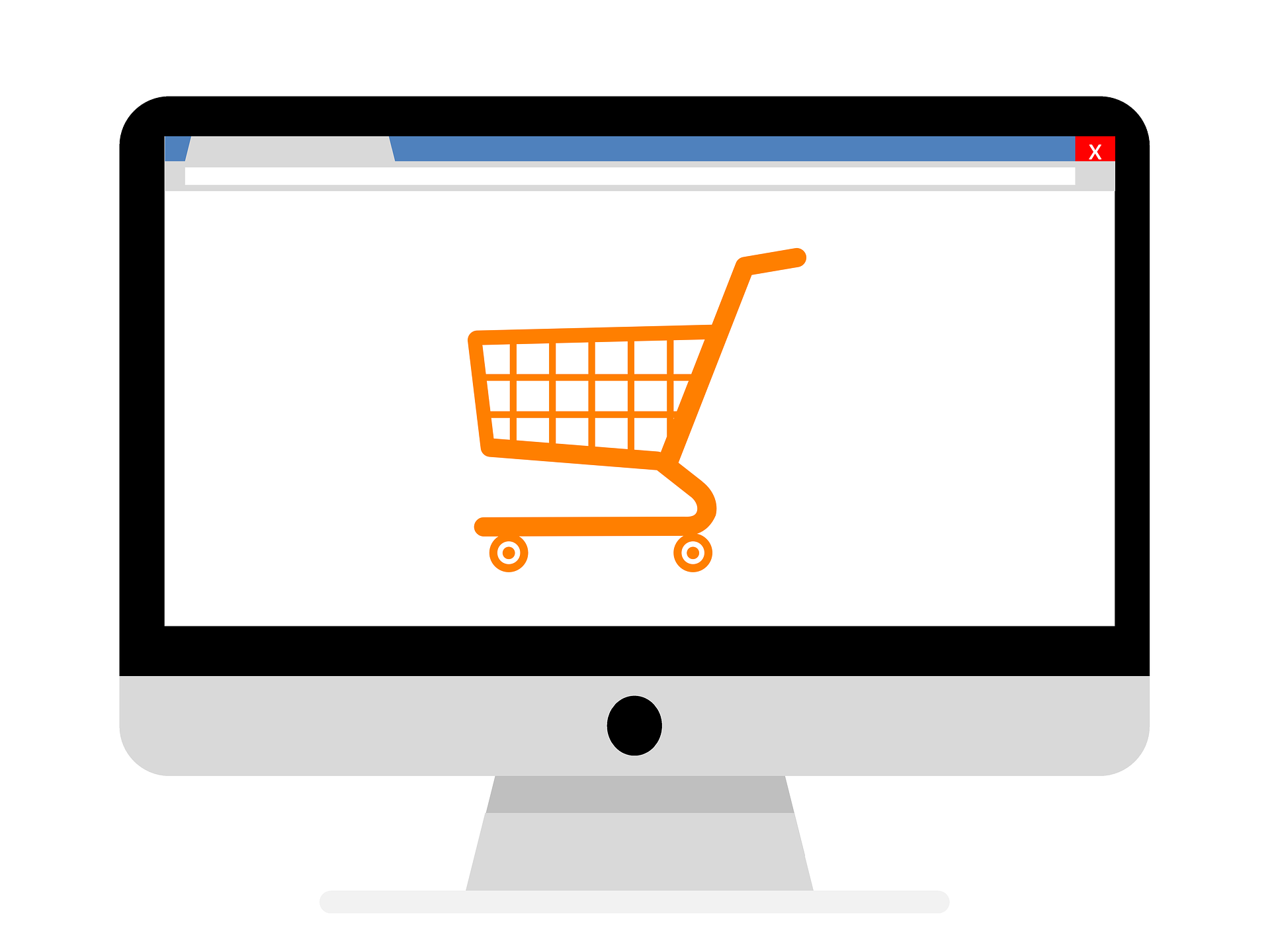 The digital frontier has changed. What worked in eCommerce 10 years ago, or even 5 years ago, has changed and evolved, and may not always work today. The competitive advantage has been dramatically decreased. Today, the eCommerce landscape is dominated by large brands like Amazon, Target, Walmart, Best Buy, and others — which makes it hard for smaller brands to maintain a competitive edge.
The digital frontier has changed. What worked in eCommerce 10 years ago, or even 5 years ago, has changed and evolved, and may not always work today. The competitive advantage has been dramatically decreased. Today, the eCommerce landscape is dominated by large brands like Amazon, Target, Walmart, Best Buy, and others — which makes it hard for smaller brands to maintain a competitive edge.
Going one step further, larger, more established merchants are being persuaded to sell on platforms like Amazon, eBay, and other platforms as third-party sellers, which helps solidify both their places in the market. Acquiring an established eCommerce business for sale is a great way to buy yourself into the competitive industry, and start off on the right track. If the business has already proven itself, and carved out a small piece in their market, you can capitalize on this success to give yourself true financial freedom.
Before you rush out and start trying to find an eCommerce business to buy though, you’re going to want to think about a few key factors that can help influence your decision and make sure you are able to continue growing the business after you’ve bought it.
- Maintain Your Competitive Advantage
When you’re thinking about buying a business, it’s always best to start in an industry or market that you are familiar with, and have at least a little bit of interest in. Even better if you’re actually passionate about the industry. Sticking with your knowledge is a great way to give you unique insights into the marketplace and stay ahead of your competition. If you’re not passionate about the products that you’re selling or the market that you’re serving, you could quickly become discouraged or disillusioned.
- Stick with Simple
One of the biggest mistakes new eCommerce store owners make is attempting to sell too many products and create a massive catalog right out of the gate. You don’t want to hold onto excess inventory if you don’t have to, especially in the beginning stages.
If you’re buying an established business, this isn’t so much of a problem. The previous owner should have already optimized the inventory for you and you should have information about which products are already selling. Over time, you will gain the experience needed to understand the ebbs and flows in your market, and you won’t be making critical mistakes by holding onto inventory that won’t sell.
- Understand the Sourcing Process
In you are running an eCommerce business, there’s nothing as critical as sourcing and understanding the sourcing process. You need to ensure that your prices are competitive, and that starts with the relationships that you have with your suppliers and service providers.
You’ll need to know what to buy, when to buy it, and what quantities you’ll need to buy to make sure you are getting the best deals. You can get an idea of what your products need to be priced at by taking a look at your competition.
- Know Your Competitors
This is a simple business practice. If you’re going to compete, you need to know exactly who you are competing against. Most people tend to think that they’re competing against eBay and Amazon, when this just isn’t true. You may be competing with sellers on those platforms, but you’re never competing with eBay and Amazon directly, unless you’ve purchased a multi-billion-dollar eCommerce business.
Dig into your market to understand the tricks and tactics your competition are using to stay relevant and dissect where each of those competitors are showing signs of weakness. If you notice a competitor is doing something well, take note of it — especially if their prices are significantly lower than yours. Attempt to dig in and figure out where they are sourcing their products from.
